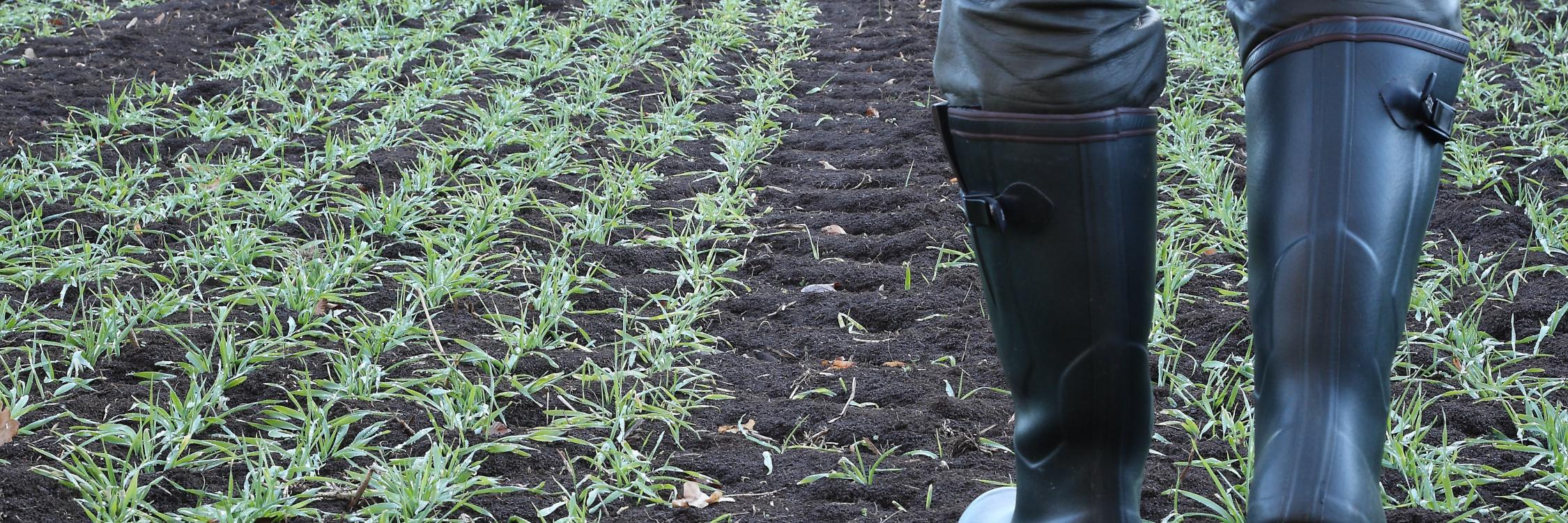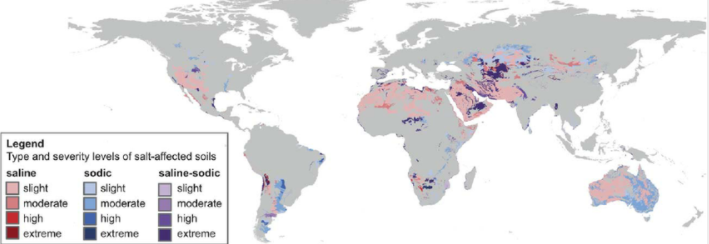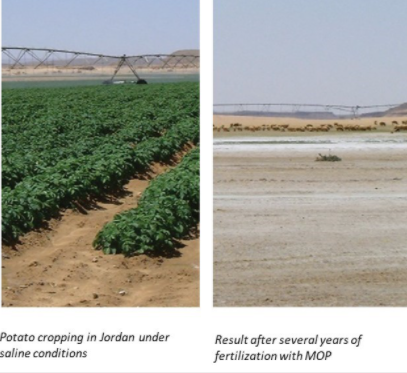
World Soil Day
To be a successful farmer one must first know the nature of the soil.
The ancient Greek philosopher Xenophon once said, “To be a successful farmer one must first know the nature of the soil.” A growing global population coupled with a need for greater conservation is putting increased pressure on agricultural land...
The ancient Greek philosopher Xenophon once said, “To be a successful farmer one must first know the nature of the soil.” A growing global population coupled with a need for greater conservation is putting increased pressure on agricultural land to deliver high yields of quality produce with minimal environmental impact. Whilst sustainable agriculture focused on the needs of protecting the land for future generation, many growers are now showing an increased interest in regenerative agriculture, whose aim is to revitalize and improve soil health through the combination of a variety of good agricultural practices.
In many regions of the world, soil salinization is a major threat to agriculture and one that growers need to pay serious attention to. A too high salt content, especially of sodium chloride, in the soil solution hinders germination, vegetative growth, yield and quality of crops. It is becoming more and more common to see cases of anthropogenic salinization induced by improper land and irrigation management and inadequate or incorrect fertilizer use
Salt affected soils really constitute a global problem occurring everywhere irrespective of the climatic zone. Today salt affected soils represent about 10% of the total dry land.

Anthropogenic salinization is estimated at 76.6 Mio ha, among these more than 45 Mio ha are under irrigation. Inadequate drainage or excessive evaporation from agricultural fields leads to an accumulation of salt in the soil. Whenever the evapotranspiration exceeds the water input by rainfall and irrigation, the salts dissolved in the rain or in the irrigation water accumulate in the upper soil horizon.
Ascending soil water driven by capillary forces and evapotranspiration carry soluble salt into the rooting zone of the topsoil. Without enough drainage the salt concentrations can build up to toxic levels and can change fertile agricultural land into infertile and unproductive wasteland.
The increasing use of saline water for irrigation purposes, due to lack of water fit for irrigation, leads to an accelerated salinization if an adequate leaching of salts by non-saline water in frequent intervals is not guaranteed.
The accumulation of salts in the soil leads to conditions of water stress: an increase of the osmotic pressure reduces water availability to the plants. High concentration of anions and cations, mainly Na+ and Cl- can also be toxic to the plant. Excessive sodium in the soil solution leads to a range of disorders since sodium interferes with the potassium supply to the shoots in many plant species.
Excessive sodium in the soil solution leads to a range of disorders since sodium interferes with the potassium supply to the shoots in many plant species.
Care should be taken in selecting nutrient sources as chloride-containing fertilizers may exert a negative side effect on the cation balance in plant shoots. The preferred form of potash for conditions prone to salinity is sulfate of potash (SOP) because it is virtually free of chloride and has a low salt index compared to other K-sources such as MOP (muriate of potash) and NOP (nitrate of potash). For example, application of one ton of muriate of potash adds almost half a ton of chloride to the soil. In regions at risk this can have a disastrous effect as can be seen from the pictures below:

Sulfate of potash has the lowest salt index of 46 (osmotic pressure method) compared to potassium sources such as potassium chloride, potassium nitrate and sodium potassium nitrate. SOP therefore has the least impact on soil salinity and represents the best potassium source for salt affected soils or at sites where salinity could be a risk through high fertilizer dressing or low water availability. It is particularly suitable in cases where leaching is restricted or in production systems with high fertilizer applications and short production cycles could lead to salt accumulation in the root zone.
Particularly for germination and early stages of growth, the seed and the seedling are very susceptible to even low salt concentrations in the soil. For this reason, soil fertilizer applications based on sulfate of potash are recommended to guarantee a high germination rate and a favorable growth. Crops can be classified into sensitive, moderately sensitive, moderately tolerant and tolerant. The classification of the salt tolerance of a crop species is based on the EC of the soil saturation extract and the expected yield reduction related to a given EC value.
To find out more about the risks of salinity and how sulfate of potash can be used to safeguard the soil against its affect why not download here our SOP book, and don’t forget, “The nation that destroys its soil, destroys itself.” (Franklin Roosevelt, 32nd President of the United States of America).